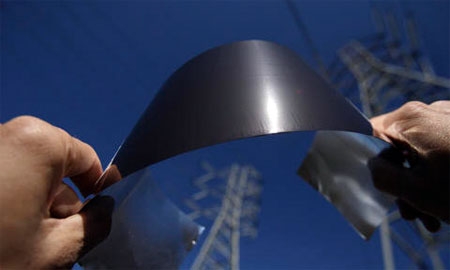Under Vision 2030, industrialisation is highlighted as a key economic pillar of growth. In the Vision’s first five-year phase (2008-2012) the Government would like to see GDP grow by a rate of 10 per cent – supported in large part by manufacturing – as well as a significant rise in employment, foreign exchange and investment.
To better concentrate on these goals, the Ministry of Trade and Industry was split up and the newly formed Ministry of Industrialisation emerged with the mandate to provide a favourable framework and environment in which industries can thrive. In line with this, several long-standing institutions, a few of which had fallen somewhat into disrepair, are being revived.
The Kenya Industrial Estates (KIE), for example, is a development finance institution that fell victim to corruption in the 1990s and early 2000s. Today it is undergoing reorganisation and a realignment of its operations with market needs.
The KIE specialises in promoting indigenous enterprise development by championing micro, small and medium-sized industries, with a special focus on clustering industries, rural industrialisation and value addition to locally available raw materials. The KIE’s funds, nevertheless, are limited and entrepreneurs who seek greater financing must go to the Industrial Development Bank (IDB), also under the Ministry of Industrialisation.
Thanks to these funds, various companies have grown tremendously, including East Africa Spectre – Kenya’s sole manufacturer of liquid petroleum gas cylinders – and HACO Industries, which is a leading consumer goods company in the East African and COMESA region.
Another entity being given an extra boost is the Kenya Industrial Research and Development Institute (KIRDI), a national research institute established in 1979 under the Ministry of Trade and Industry with the purpose of undertaking multidisciplinary research and development in industrial and allied technologies, as well as facilitating vertical growth of SMEs. Among its divisions are engineering, energy and environment, ICT, leather and textiles, and food technology.
Additionally, thousands of Kenyans are benefiting from the Kenya Industrial Training Institute and the quality of Kenya’s output is being controlled and certified by the Kenya Bureau of Standards.
The combined efforts of these organisations are helping the country to become an industrialised middle-income country in the coming two decades. “All these institutions are there to support and tap into the resources to develop them, to develop Kenya as a country,” says Dr Karanja Kibicho, Permanent Secretary at the Ministry of Industrialisation.

0 COMMENTS